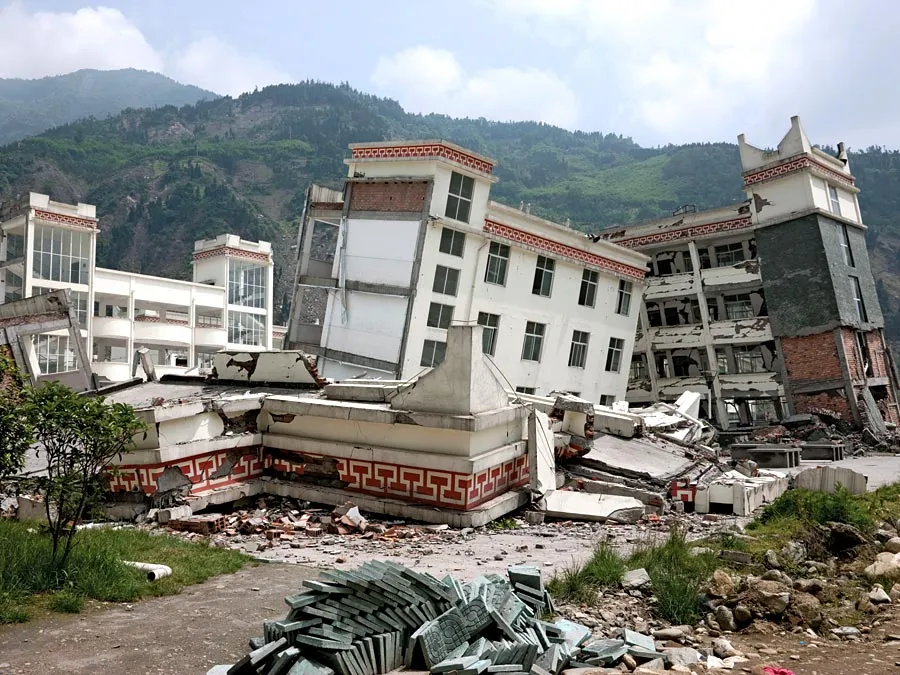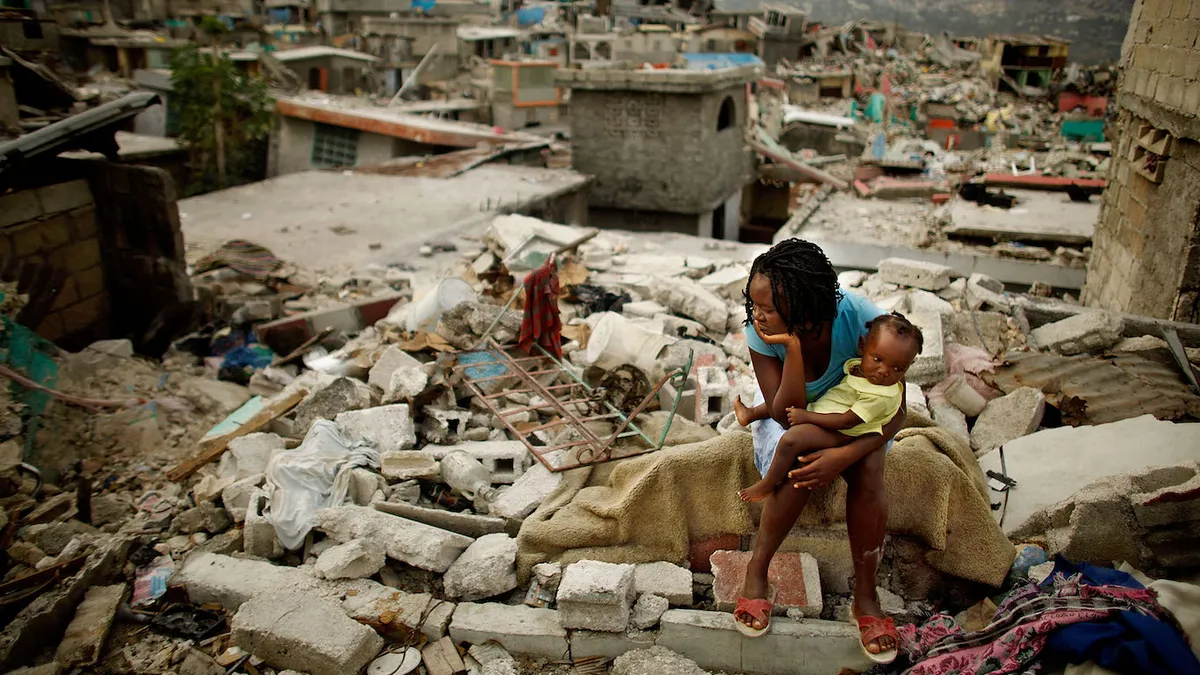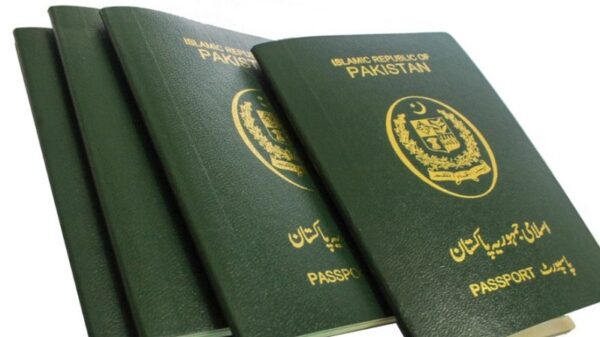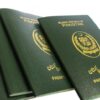The massive earthquake that struck Syria and Turkey on February 6 is the fifth deadliest in recorded history.
Below are the 10 worst earthquakes since 2000:
2004: 230,000 dead, Southeast Asia
On December 26, a deadly 9.1-magnitude earthquake strikes off the coast of Sumatra.
The earthquake triggers a tsunami, killing around 230,000 people in the region, including 170,000 in Indonesia alone.
Everything in their path is devoured by waves 30 metres (100 feet) high and travelling at 700 kilometres per hour (435 miles per hour).
2010: 200,000 dead, Haiti
A magnitude 7 earthquake damaged Port-au-Prince and the surrounding area on January 12.
The earthquake cuts the nation off from the outside world for 24 hours, ruins much of Haiti’s weak infrastructure, kills nearly 200,000 people, and makes 1.5 million homeless.
The same year, in October, Nepalese peacekeepers who had arrived in the aftermath of the earthquake introduced cholera to Haiti.
It claims the lives of almost 10,000 people.
2008: 87,000 dead, Sichuan
On May 12, a 7.9-magnitude earthquake smashes through southwest Sichuan province, killing or injuring approximately 87,000 people, including 5,335 pupils.
An earthquake seriously destroyed 7,000 schools.
Claims of poor design, cost-cutting, and even corruption follow, particularly given how many other nearby structures remained intact.
2005: 73,000 dead, Kashmir
On October 8, an earthquake kills around 73,000 people, most of them in Pakistan’s North-West Frontier Province and the part of Kashmir administered by Pakistan.
A further 3.5 million people had to relocate.
2023: 35,000 dead, Turkey and Syria
Turkey and Syria Earthquake:
On February 6, a 7.8-magnitude earthquake struck near the Syrian border, near the Turkish city of Gaziantep.
The strongest earthquake to hit Turkey in almost a century has left entire neighbourhoods in southeastern Turkey and the north of war-torn Syria to rubble.
There are 35,224 casualties as of February 13.
2003: 31,000 dead, Bam (Iran)
An earthquake of a magnitude of 6.6 hits southeast Iran on December 26, devastating the famous mud-brick city of Bam and killing at least 31,000 people.
The desert stronghold, formerly thought to be the largest adobe edifice in the world, is destroyed, as is more than 80% of Bam’s infrastructure.

2001: 20,000 dead, India
A massive 7.7-magnitude earthquake smashes Gujarat, a state in western India, on January 26, killing almost 20,000 people.
Buildings are damaged across the state, and many people are killed in the town of Bhuj, near the Pakistani border.
2011: 18,500 dead, Japan
A huge 9.0 magnitude earthquake smashes Japan on March 11, causing a devastating tsunami.
A wall of water travelling at the speed of a jet plane destroys communities along the northeastern coast, killing or missing nearly 18,500 people.
Tens of thousands of people have been relocated as a result of the ensuing meltdown of the Fukushima Daiichi nuclear power plant, which has covered the surrounding region with radiation and rendered some towns uninhabitable for years.
2015: 9,000 dead, Nepal Earthquake
A 7.8-magnitude earthquake strikes central Nepal on April 25, triggering avalanches and landslides that destroy schools and hospitals across the Himalayan country.
The earthquake kills almost 9,000 people and leaves millions homeless.
Moreover,
In the Kathmandu valley, more than a hundred sites, including old temples and royal palaces, have been reduced to ruins.
2006: 6,000 dead, Java Earthquake
On May 26, a 6.3-magnitude earthquake rocked the southern coast of the Indonesian island of Java, near the city of Yogyakarta, killing around 6,000 people.
Furthermore,
Around 157,000 homes have been damaged, and over 420,000 people have been made homeless.










